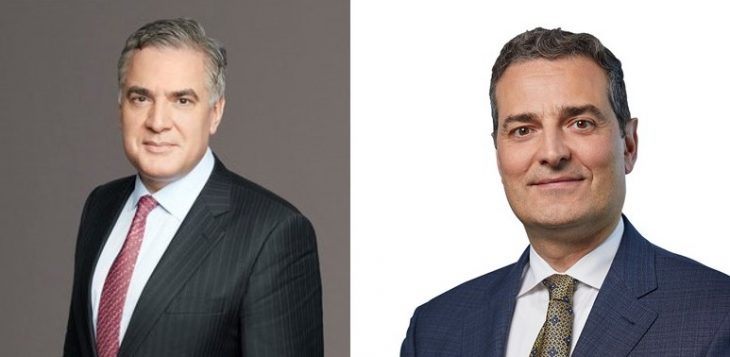
By Ken Kelley
TORONTO – It’s not surprising the proposed Rogers-Shaw merger would be one of the first topics that Rogers president and CEO Joe Natale would tackle at the TD Securities’ virtual Telecom and Media Conference on Wednesday.
While the merger still has a number of regulatory hurdles to clear, including the Competition Bureau, ISED Canada and the CRTC, it did chalk up a victory earlier this week when the Court of Queen’s Bench of Alberta gave the merger the green light. The court’s approval followed an overwhelming thumbs up from Shaw’s shareholders last week.
“We’re very delighted with the degree of support,” Natale said, “and we’re now working through the various regulatory approvals with the Competition Bureau and the CRTC. We’re in the early stages of that, but we still see this transpiring in the first half of 2022. And the team is well prepared. We’ve got a great set of facts and economic data to support our position on the deal as a whole.”
Asked by TD analyst and session moderator Vince Valentini if integration plans were moving forward, Natale stated things were largely on track. He noted that while the two companies were continuing to operate separately, they’ve each dedicated a team to work on the integration across a number of streams.
“Bear in mind, there are a lot of people inside of our organization who have been through some big mergers over the years. We’ve got a good base of talent as to what’s required to get this done. We have a very detailed playbook and integration plan across every aspect of the business, so the minute we get regulatory approval, we hit the ground running.”
With the CRTC’s TPIA R&V decision coming Thursday afternoon, Natale acknowledged seeing a number of parallels between that facet of the communications business and last month’s wireless policy (MVNO) decision.
“I’d say the MVNO decision, above all else, provides certainty. And certainty is a thing that the industry has been after. Certainly, that decision reinforces the importance of infrastructure investment and infrastructure investment-based competition. It’s what has got us to this point,” he said. “Some of the very best networks in the world [stem from] this regulatory policy. Especially when you consider the geographic expanse of Canada and the low population density, it’s a bit of a miracle that we got to that place, but it’s only because of the regulatory environment that reinforced the need to build to the four corners of Canada.
“While I don’t know what’s going to come out with [the TPIA] decision this week, I hope it reinforces the need for investment. It’s not a very complicated puzzle.” – Joe Natale, Rogers Communications
“One thing Covid has taught us more than ever is that high speed wireline infrastructure matters to us in a big way. We have two million homes in Canada that don’t have access to (the CRTC’s goal of 50/10) high-speed internet. And while I don’t know what’s going to come out with [the TPIA] decision this week, I hope it reinforces the need for investment. It’s not a very complicated puzzle.”
Referring to one of the many potential outcomes with the TPIA decision, Natale reinforced his belief that facilities-based investment was the key to extending service to those two million unserved or underserved homes.
“If you get to a place where you have to resell your network at a loss, it doesn’t take a lot of thinking to question why [any company] would want to do that,” he said, noting some of the country’s broadband funds could help bridge a portion of the economics associated with third-party internet access.
“But we’re hoping that the decision helps to reinforce an infrastructure mindset.”
During a separate session at the conference Bell CEO Mirko Bibic, was cautiously optimistic that the Commission will get it right the second time around after insisting in three different appeals the Regulator flubbed its decision in 2019.
“I don’t know what [the TPIA decision] is going to say,” Bibic said, but, like Natale, hoped the revamped TPIA decision is also along the same lines as last month’s MVNO ruling.
“I would hope that’s a good signal. This is a revision of their 2019 decision, which was met with widespread derision on the facilities-based side and ultimately led to the federal government sending it back saying they had to get the cost rates right so investment continues in what is a fundamentally important product, the internet. So I think the fact it was sent back by the government with that clear indication is a good sign, but we’ll see.
“The reason we constantly have these battles on the wireline side is because the initial idea was to allow smaller competitors an opportunity to get into the market while they build their networks, but they never really built out their networks to any degree of scale and so if your business model is constantly reliant on regulatory arbitrage and then marketplace dynamics shrink that regulatory margin; what do you do if you haven’t built your network?
“You have to go back to the regulator for another concession, so the idea to mirror the MVNO decision might actually get it done.”



